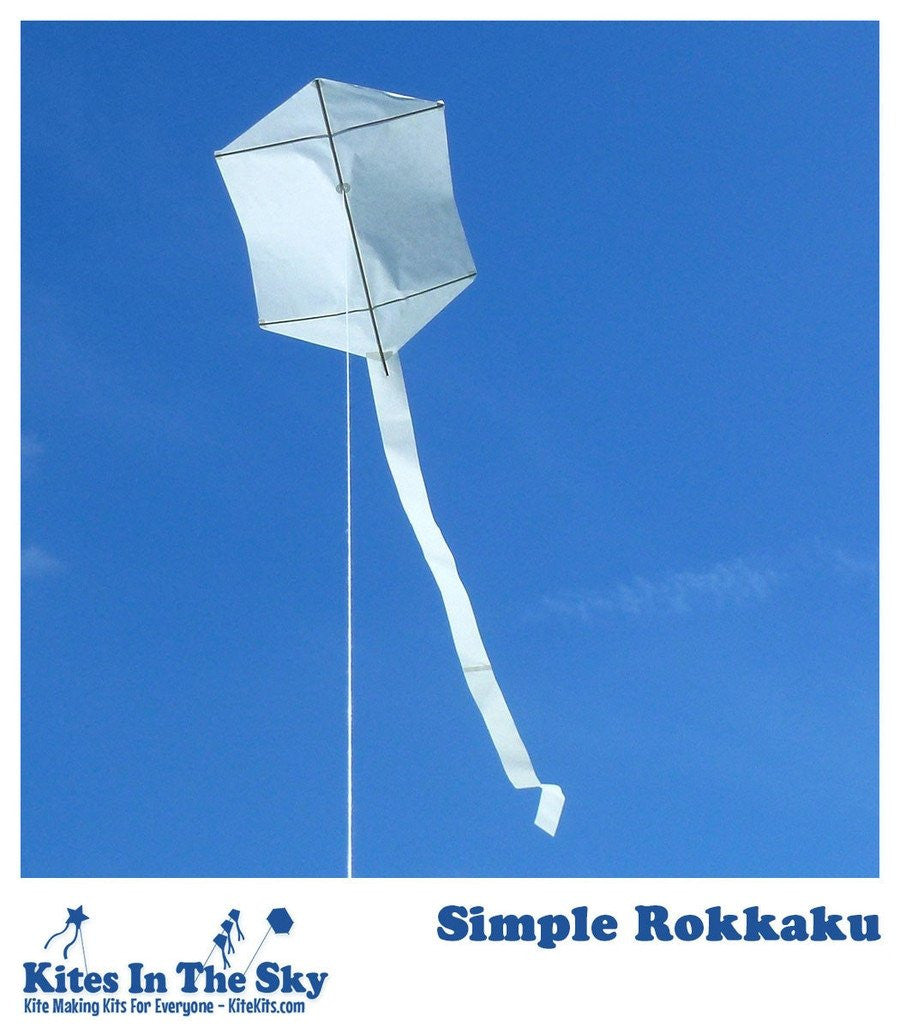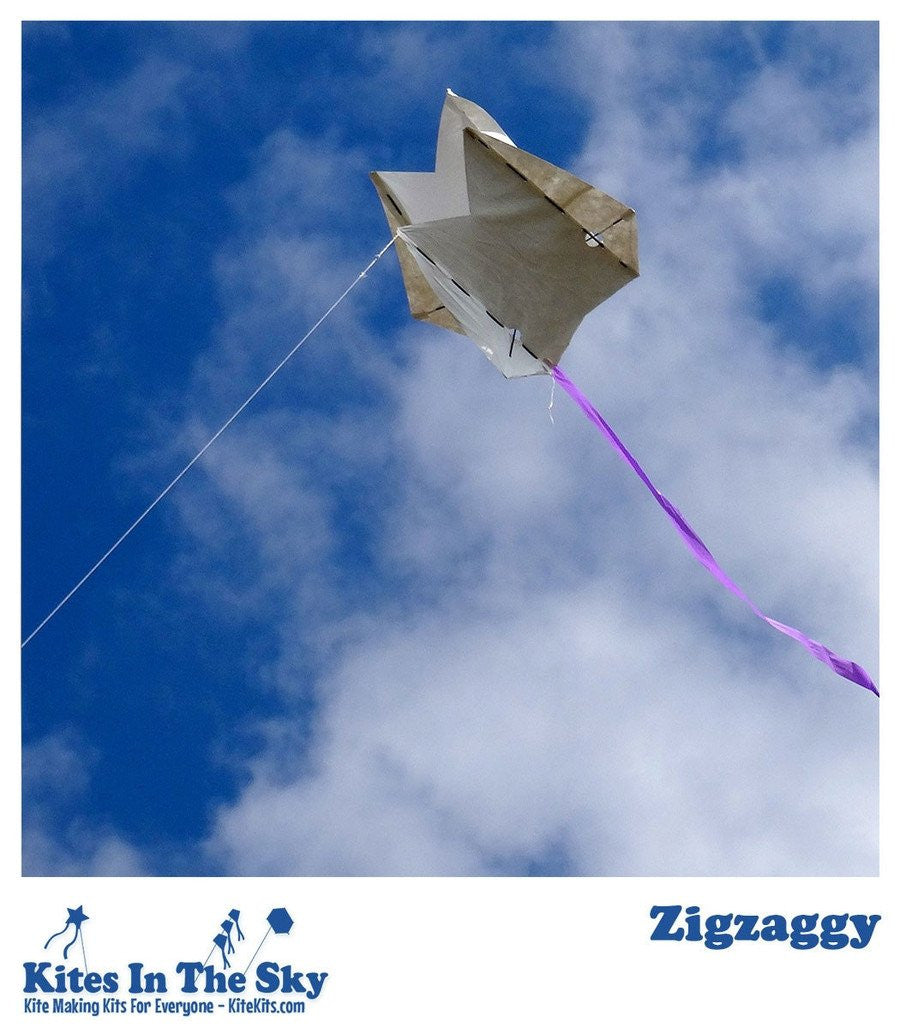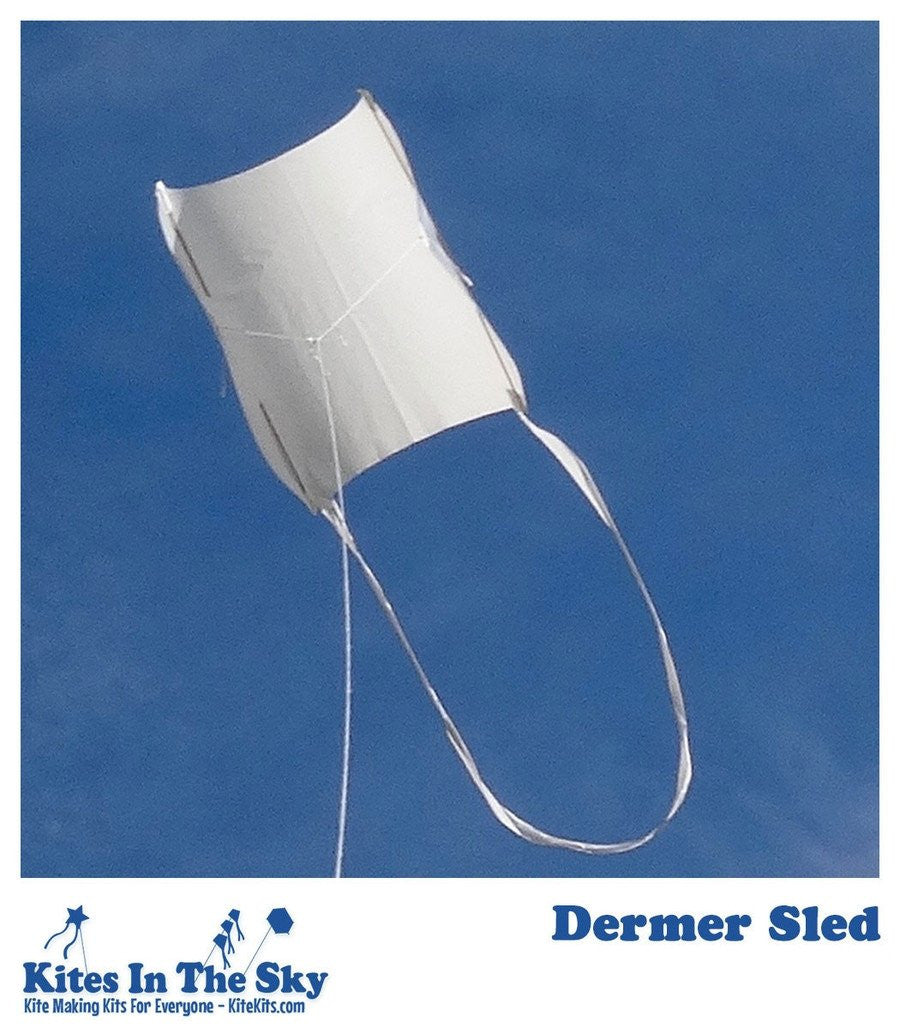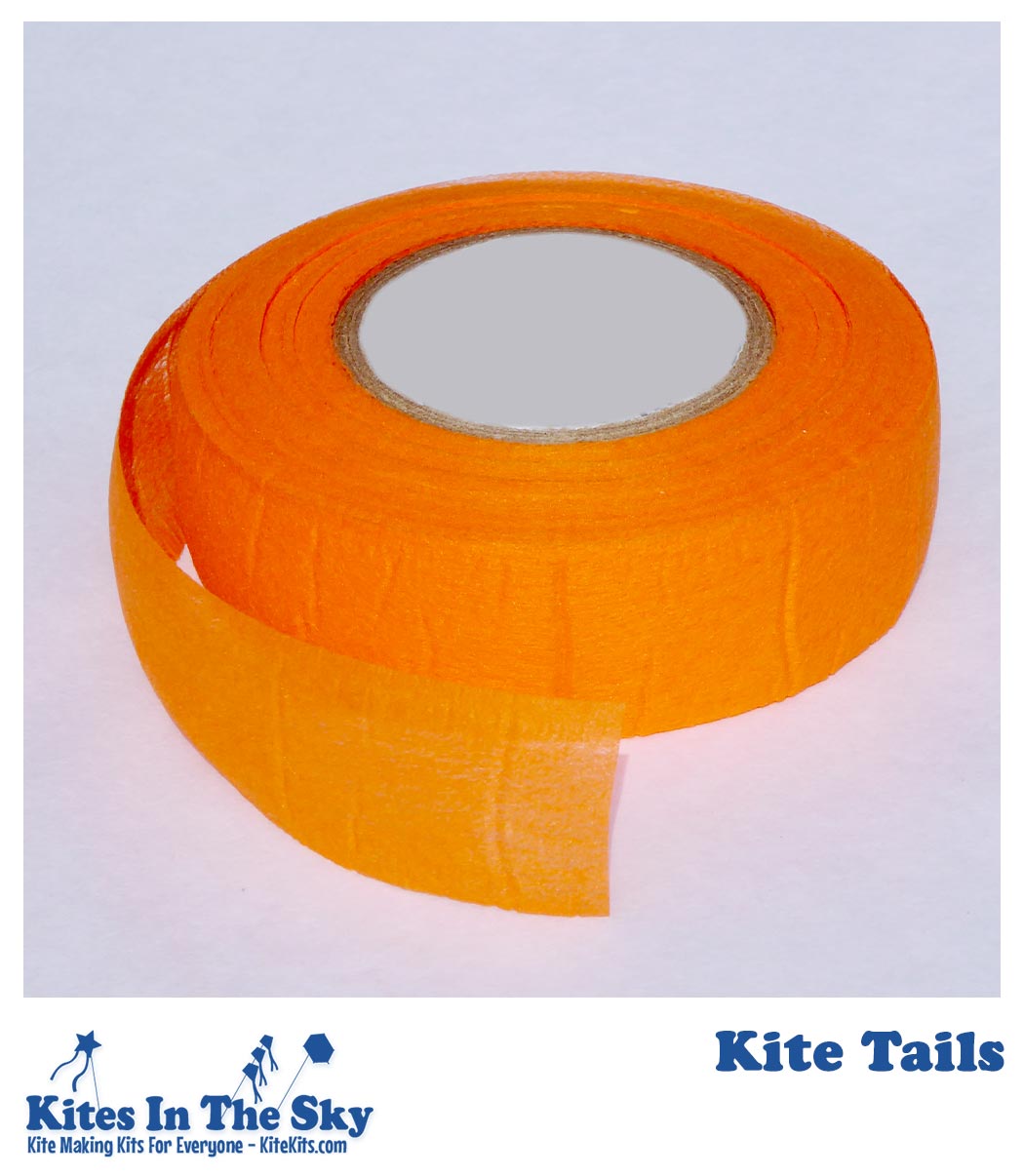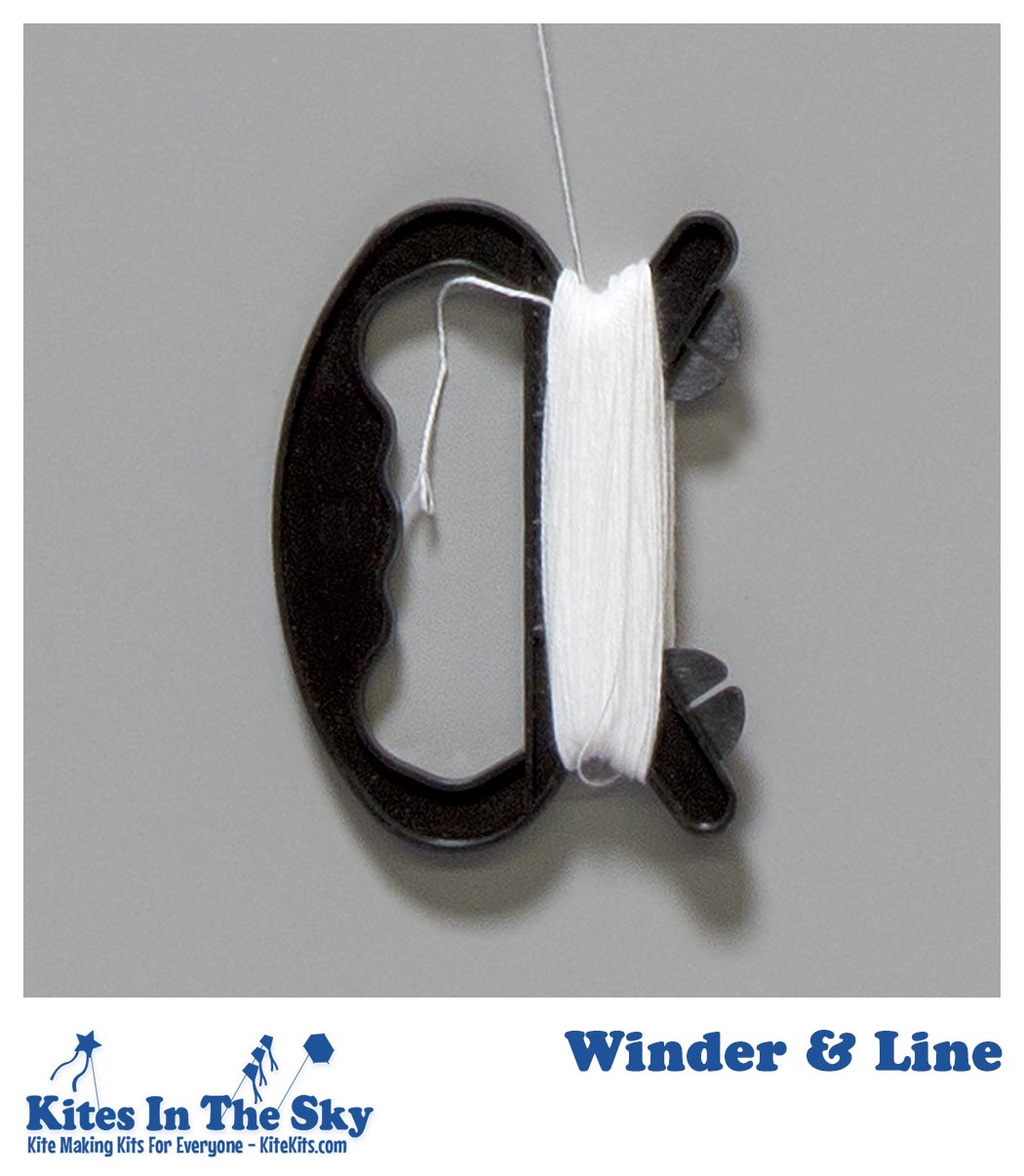
How to Fly a Kite: A Beginners Guide to Kite Flying for All Ages
Kite flying is a delightful activity that has captivated people for generations. There's something magical about watching a colorful kite dance in the sky, tugging gently on its string. This timeless hobby is simple yet engaging, offering a perfect way to bring families together.
From toddlers to grandparents, everyone can participate, making it an ideal activity for gatherings of all sizes. Imagine the joy on a child’s face when their kite takes flight, or the sense of accomplishment felt by teens and adults as they master making a new kite.
Kite flying creates shared moments that foster stronger family bonds.
Educational opportunities abound with kite flying. It’s a hands-on way to introduce kids to basic principles of physics and aerodynamics. They can learn about lift, drag, and wind dynamics while having a blast. For adults, understanding these principles can make the experience even more enjoyable and satisfying.
Our beginner’s guide will walk you through everything you need to know about kite flying, from the basics to creative customization.
Whether you’re a novice or looking to refine your skills, get ready to discover the joy of kites and create unforgettable memories with your loved ones!
The Basics of Kite Flying
Understanding Kite Anatomy
Before you take your kite to the skies, it's important to understand its parts. A typical kite consists of a frame, sail, bridle, line, and tails. Each component plays a crucial role in the kite's performance and stability.
The Frame
The frame is the backbone of the kite, giving it shape and structure. It’s typically made from lightweight materials like carbon, fiberglass, wood or bamboo.
The frame ensures that the kite maintains its form against the wind, providing the necessary rigidity for flight. Depending on the kite design, the frame can be simple or intricate.
The Sail
The sail is the colorful part of the kite that catches the wind. It’s usually made from lightweight, durable materials such as materials such as ripstop nylon, tyvek, paper or plastic. The sail’s design and material affect the kite’s ability to lift and stay airborne. A well-designed sail balances aesthetics with functionality, ensuring smooth and stable flight.
The Bridle
The bridle is the string or set of strings that connect the kite to the flying line. It helps the kite maintain the correct angle relative to the wind. The bridle’s length and attachment points are crucial for flight stability and control. Adjusting the bridle can significantly impact the kite’s performance, making it fly higher or more stable.
The Flying Line
Flying line is what you hold to control the kite from the ground. It’s typically made of strong, lightweight materials like braided nylon, polyester blends, or cotton.
. The length and strength of the line determine how high and how well you can control your kite. A good line is essential for safe and enjoyable kite flying.
Kite Tails
Kite tails are often added to improve stability and balance. They help prevent the kite from spinning or becoming unstable. Tails can be made from a variety of materials, including ribbon, fabric, or even lightweight fabric, plastic or paper. Besides their functional role, tails also add visual appeal, making your kite look more dynamic and exciting in the sky.

By understanding these components, you can better appreciate the mechanics of kite flying and make informed decisions when selecting or customizing your kite. Check out our selection of kites and accessories at Kites In The Sky to find everything you need for a perfect kite flying experience.
Choosing the Right Kite
It’s best to start with a simple, single-line kite. These kites are easy to assemble and fly, making them perfect for kids and novice flyers. Single-line kites come in various shapes and sizes, and they're designed to be straightforward, reducing the learning curve and ensuring a fun experience right from the start. You can find a range of Beginner Kite Kits, each crafted to provide a smooth and enjoyable flying experience.
For those looking for something more challenging, check out our selection of Intermediate Kite Kits to find the perfect match for your skill level and preferences. Each type of kite offers a unique flying experience, adding variety and excitement to your kite-flying adventures.
Preparing for Your First Flight
Finding the Perfect Spot
Location is key when it comes to kite flying. Look for open spaces free of obstructions like trees and power lines. Beaches, parks, and wide fields are ideal. Moderate winds (between 5 to 15 mph) are best for flying kites; too little wind and your kite won’t lift, too much and it could crash.
Safety First
Always prioritize safety. Check the weather forecast and avoid flying kites in stormy conditions. Stay clear of crowded areas and never fly a kite near roads or power lines. Make sure you have plenty of space around you to avoid tangling lines with other kite flyers.
Launching Your Kite
Step-by-Step Guide
- Position Yourself: Stand with your back to the wind. This will help your kite catch the breeze.
- Hold the Kite: Hold the kite up by the bridle, above your head. As the wind catches the kite, slowly let out line.
- Release and Pull: As you are letting out line you may need to pull in line a little to help the kite gain altitude. As the kite rises, let out more line to allow it to ascend higher.
Common Launch Issues and Solutions
If your kite doesn’t lift off, it might be due to insufficient wind or an incorrect launch angle. In light winds you can have someone help you using a long line launch. Have someone stand downwind from you 20 to 40 feet holding your kite. We ready they release the kite, pointing up. You can then pull on the line as the kite rises quickly If the kite sways side to side, check the bridle for balance and make sure it’s centered.
Enhancing Your Kite Flying Experience
Customizing Your Kite
Personalizing your kite can make the experience even more special. Use markers, paint, stickers, and lightweight decorations to add your unique touch. Adding tails can improve stability and make your kite more visually appealing.
Personalizing your kite can transform a simple flying machine into a cherished creation. At Kites In The Sky, we offer various kite kits made from paper, Tyvek, plastic and ripstop nylon materials that are perfect for ultimate customization. This makes our kites not only functional but also a canvas for creativity!
Imagine the joy of seeing your artwork soaring high above! Adding tails can enhance both stability and visual appeal, making your kite a true standout in the sky. Customization allows for endless possibilities, ensuring that your kite is as unique as you are. Embrace the opportunity to create a one-of-a-kind kite with our versatile Kite Making Kits.
Tips for Advanced Flyers
Trying New Kite Designs
Our kites can easily be modified and experimented with. Kites come in all shapes and sizes and new designs are being created all the time. You can easily modify most of our kite kits by making minor changes to the shape of the sail or adding tail. Sleds and Simple Rokkaku’s are great platforms to play and experiment with.
Joining Kite Flying Communities
Kite flying is a social activity and joining a community can enhance your experience. Look for local kite festivals or clubs where you can meet fellow enthusiasts, share tips, and participate in competitions. There are people who travel the world just to attend kite festivals and fly kites. The sky is the limit!
Check out kite.org for more information.
Educational and Health Benefits
Learning Through Play
Kite flying is a fantastic educational tool that seamlessly integrates play with learning. It helps improve motor skills and enhances hand-eye coordination, making it a great physical activity for children. Moreover, it introduces kids to the basics of aerodynamics in a fun and engaging way. While decorating and flying their kites, children can learn about wind pressure, lift, and flight principles, turning a simple outdoor activity into a valuable learning experience.
S.T.E.M. Applications
Engaging in kite flying provides an excellent opportunity to introduce children to S.T.E.M. (Science, Technology, Engineering, and Mathematics) concepts. As kids build and fly their kites, they can explore scientific principles like the forces of lift and drag, and how different kite shapes affect flight stability and performance. These hands-on experiences make complex ideas more accessible and enjoyable, fostering a love for science and engineering from an early age. We offer several Free Lesson Plans for teachers and home school projects.
By incorporating kite flying into educational activities, you can create a dynamic learning environment that encourages curiosity and experimentation. For example, children can experiment with different tail lengths and materials to see how they impact the kite's flight. They can also learn about weather patterns and wind speeds, understanding how these natural elements influence kite flying. This practical approach to learning not only makes S.T.E.M. concepts more relatable but also inspires a sense of wonder and discovery in young minds.
Kite flying isn't just about fun; it's a gateway to learning that combines physical activity with intellectual stimulation. By using kites as educational tools, parents and educators can help children develop critical thinking skills, enhance their understanding of the natural world, and cultivate a lifelong interest in science and technology.

Physical and Mental Benefits
Kite flying is a wonderful way to boost both physical and mental health. It encourages you to get outside and move, providing light exercise that improves cardiovascular health and overall fitness. The act of running to launch your kite and maneuvering it in the sky engages various muscle groups and enhances coordination.
Flying kites offers significant mental health benefits. Watching a kite soar through the sky can be incredibly calming and rejuvenating. This outdoor activity provides a peaceful escape from daily stressors, allowing you to clear your mind and enjoy the present moment. The rhythmic motion of the kite, combined with the fresh air and open space, can help reduce anxiety and promote a sense of well-being. Whether flying solo or with family and friends, kite flying touches the mind and spirit in profound ways, making it an ideal activity for anyone looking to enhance their mental health while having fun outdoors.
Embrace the Joy of Kite Flying!
Kite flying is more than just a hobby—it’s a way to connect with nature, learn new skills, and create lasting memories with family and friends. Whether you’re a beginner or an experienced flyer, there’s always something new to discover.
So grab your kite kit, head outdoors, and let the wind carry your spirits high.
Happy flying!


